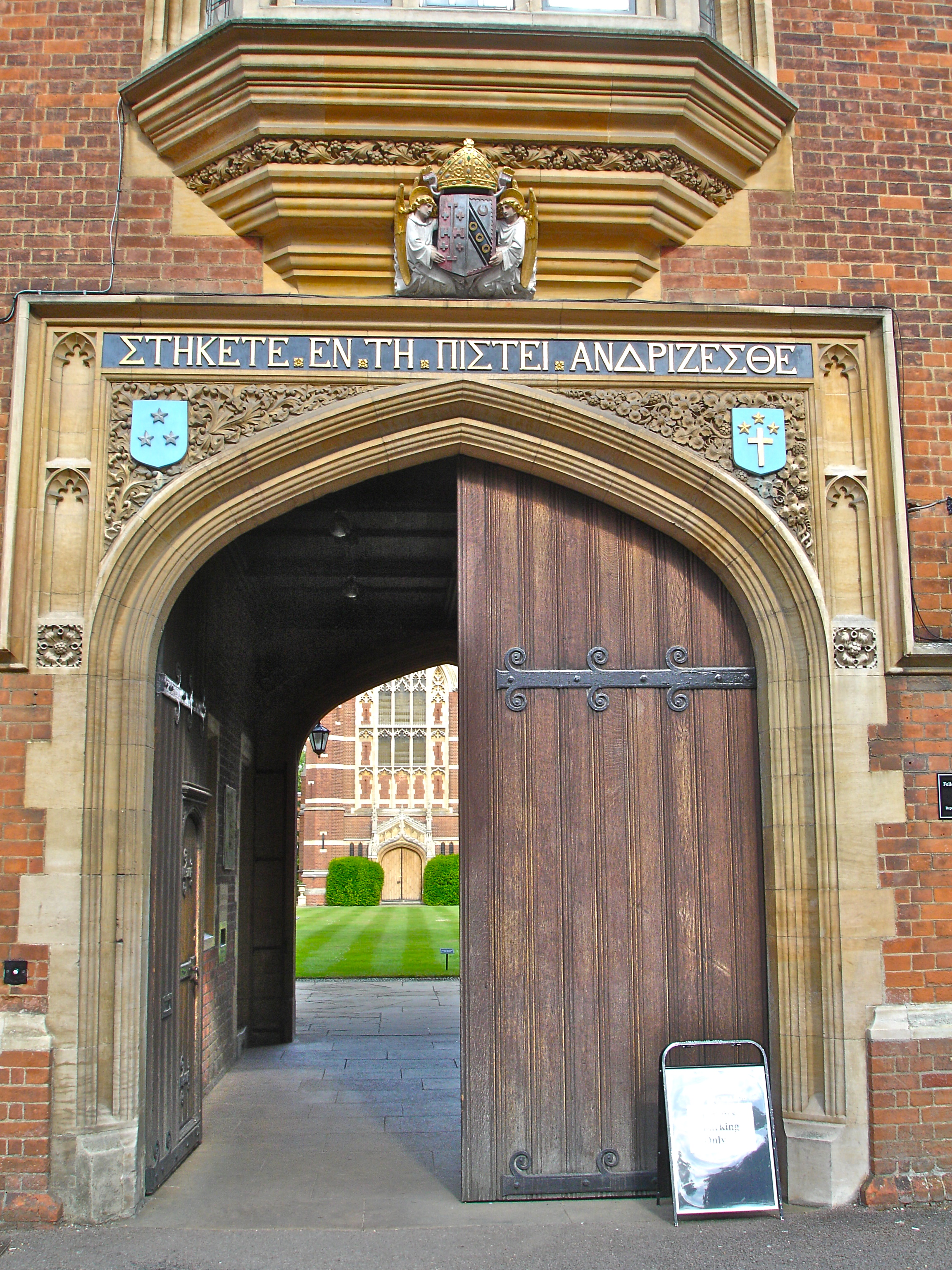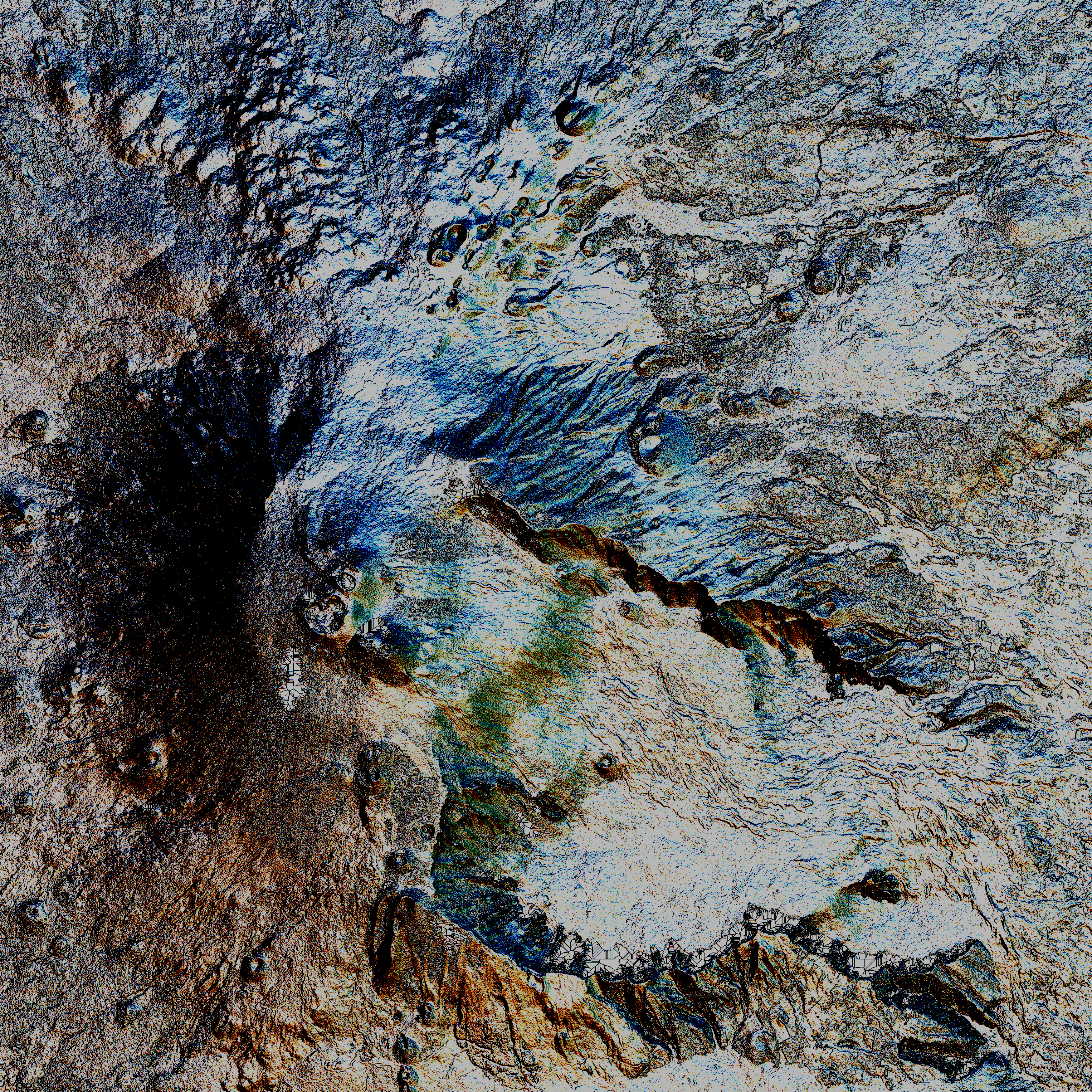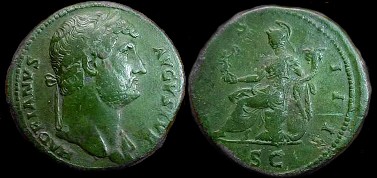|
Pompeii (novel)
''Pompeii'' is a novel by Robert Harris, published by Random House in 2003. It blends historical fiction with the real-life eruption of Mount Vesuvius on 24 August 79 AD, which overwhelmed the town of Pompeii and its vicinity. The novel is notable for its references to various aspects of volcanology and use of the Roman calendar. In 2007, a film version of the book had been planned and was to be directed by Roman Polanski with a budget of US$150 million, but was cancelled due to the threat of a looming actors' strike. Plot Marcus Attilius Primus arrives in the Bay of Naples from Rome to take charge as ''aquarius'' (hydraulic engineer) of the Aqua Augusta, the aqueduct that supplies water to the towns in the region encompassing the Bay of Naples and Mount Vesuvius. The nine important towns are, in order, Pompeii, Nola, Acerrae, Atella, Napoli, Puteoli, Cumae, Baiae, and Misenum. Attilius's predecessor, Exomnius, has mysteriously vanished as the springs that flow through the ... [...More Info...] [...Related Items...] OR: [Wikipedia] [Google] [Baidu] |
Robert Harris (novelist)
Robert Dennis Harris (born 7 March 1957) is a British novelist and former journalist. Although he began his career in journalism and non-fiction, his fame rests upon his works of historical fiction. Beginning with the best-seller ''Fatherland'', Harris focused on events surrounding the Second World War, followed by works set in ancient Rome. His most recent works centre on contemporary history. Harris was educated at Selwyn College, Cambridge, where he was president of the Cambridge Union and editor of the student newspaper '' Varsity''. Early life and education Robert Harris spent his childhood in a small rented house on a Nottingham council estate. His ambition to become a writer arose at an early age, from visits to the local printing plant where his father worked. Harris went to Belvoir High School in Bottesford, Leicestershire, and then King Edward VII School, Melton Mowbray, where a hall was later named after him. There he wrote plays and edited the school magazine. Harri ... [...More Info...] [...Related Items...] OR: [Wikipedia] [Google] [Baidu] |
Puteoli
Pozzuoli (; ; ) is a city and ''comune'' of the Metropolitan City of Naples, in the Italian region of Campania. It is the main city of the Phlegrean Peninsula. History Pozzuoli began as the Greek colony of ''Dicaearchia'' ( el, Δικαιαρχία) founded in about 531 BC with the consent of nearby Cumae when refugees from Samos escaped from the tyranny of Polycrates. The Samnites occupied Dicaearchia in 421 BC after having conquered Cumae and may have changed its name to Fistelia. It enjoyed considerable political and commercial autonomy favoured by the excellent position of its port with the Campanian hinterland. The Roman occupation of Campania after the end of the 1st Samnite War from 341 BC marked the start of the Romanisation of the Greek-Samnite city. During the Second Punic War (218-201 BC), Rome experienced the strategic importance of the port of Puteoli and reinforced the defences and introduced a garrison to protect the town from Hannibal, who failed to ca ... [...More Info...] [...Related Items...] OR: [Wikipedia] [Google] [Baidu] |
Vedius Pollio
Publius Vedius Pollio (died 15 BC) was a Roman of equestrian rank, and a friend of the Roman emperor Augustus, who appointed him to a position of authority in the province of Asia. In later life, he became infamous for his luxurious tastes and cruelty to his slaves – when they displeased him, he had them fed to "lampreys" that he maintained for that purpose, which was deemed to be an exceedingly cruel act. When Vedius tried to apply this method of execution to a slave who broke a crystal cup, Emperor Augustus (Pollio's guest at the time) was so appalled that he not only intervened to prevent the execution but had all of Pollio's valuable drinking vessels deliberately broken. This incident, and Augustus's demolition of Vedius's mansion in Rome he inherited in his will, were frequently referred to in antiquity in discussions of ethics and of the public role of Augustus. Biography Publius Vedius Pollio, the son of a freedman, was born in the 1st century BC and attained membership ... [...More Info...] [...Related Items...] OR: [Wikipedia] [Google] [Baidu] |
Pyroclastic Flows
A pyroclastic flow (also known as a pyroclastic density current or a pyroclastic cloud) is a fast-moving current of hot gas and volcanic matter (collectively known as tephra) that flows along the ground away from a volcano at average speeds of but is capable of reaching speeds up to . The gases and tephra can reach temperatures of about . Pyroclastic flows are the most deadly of all volcanic hazards and are produced as a result of certain explosive eruptions; they normally touch the ground and hurtle downhill, or spread laterally under gravity. Their speed depends upon the density of the current, the volcanic output rate, and the gradient of the slope. Origin of term The word ''pyroclast'' is derived from the Greek (''pýr''), meaning "fire", and (''klastós''), meaning "broken in pieces". A name for pyroclastic flows which glow red in the dark is (French, "burning cloud"); this was notably used to describe the disastrous 1902 eruption of Mount Pelée on Martinique, a Frenc ... [...More Info...] [...Related Items...] OR: [Wikipedia] [Google] [Baidu] |
Herculaneum
Herculaneum (; Neapolitan and it, Ercolano) was an ancient town, located in the modern-day ''comune'' of Ercolano, Campania, Italy. Herculaneum was buried under volcanic ash and pumice in the eruption of Mount Vesuvius in AD 79. Like the nearby city of Pompeii, Herculaneum is famous as one of the few ancient cities to be preserved nearly intact, as the ash that blanketed the town protected it against looting and elements. Although less known than Pompeii today, it was the first, and the only discovered buried Vesuvian city (in 1709) for a long time. Pompeii was revealed only in 1748 and identified in 1763. Unlike Pompeii, the mainly pyroclastic material that covered Herculaneum carbonized and preserved more wood in objects such as roofs, beds, and doors, as well as other organic-based materials such as food and papyrus. According to the traditional tale, the city was rediscovered by chance in 1709, during the drilling of a well. Remnants of the city, however, were already fou ... [...More Info...] [...Related Items...] OR: [Wikipedia] [Google] [Baidu] |
Oplontis
Oplontis is an ancient Roman archaeological site located in the town of Torre Annunziata, south of Naples in the Campania region of southern Italy. The excavated site comprises two Roman villas, the best-known of which is Villa A, the so-called Villa Poppaea. Like the nearby towns of Pompeii and Herculaneum, Oplontis was buried in ash during the volcanic eruption of Mount Vesuvius in 79 AD. However, the force of the eruption was even stronger than at these cities as not only roofs collapsed, but walls and columns were broken and pieces thrown sideways. History and excavations The town of Oplontis probably developed under where Torre Annunziata stands today. Excavations have revealed buildings particularly on the east and west sides of the town, the eastern one in the immediate vicinity of Villa A and the other almost at its boundary with Torre del Greco. It is thought that in antiquity, as elsewhere (e.g. at Herculaneum and Stabiae), luxury residential villas like Villa A line ... [...More Info...] [...Related Items...] OR: [Wikipedia] [Google] [Baidu] |
Mount Etna
Mount Etna, or simply Etna ( it, Etna or ; scn, Muncibbeḍḍu or ; la, Aetna; grc, Αἴτνα and ), is an active stratovolcano on the east coast of Sicily, Italy, in the Metropolitan City of Catania, between the cities of Messina and Catania. It lies above the convergent plate margin between the African Plate and the Eurasian Plate. It is one of the tallest active volcanoes in Europe, and the tallest peak in Italy south of the Alps with a current height (July 2021) of , though this varies with summit eruptions. Over a six-month period in 2021, Etna erupted so much volcanic material that its height increased by approximately , and the southeastern crater is now the tallest part of the volcano. Etna covers an area of with a basal circumference of . This makes it by far the largest of the three active volcanoes in Italy, being about two and a half times the height of the next largest, Mount Vesuvius. Only Mount Teide on Tenerife in the Canary Islands surpasses it in ... [...More Info...] [...Related Items...] OR: [Wikipedia] [Google] [Baidu] |
Sesterces
The ''sestertius'' (plural ''sestertii''), or sesterce (plural sesterces), was an ancient Roman coin. During the Roman Republic it was a small, silver coin issued only on rare occasions. During the Roman Empire it was a large brass coin. The name ''sestertius'' means "two and one half", referring to its nominal value of two and a half ''asses'' (a bronze Roman coin, singular ''as''), a value that was useful for commerce because it was one quarter of a denarius, a coin worth ten ''asses''. The name is derived from ''semis'', "half" and "tertius", "third", in which "third" refers to the third ''as'': the sestertius was worth two full ''asses'' and half of a third. English-language sources routinely use the original Latin form ''sestertius'', plural ''sestertii''; but older literature frequently uses ''sesterce'', plural ''sesterces'', ''terce'' being the English equivalent of ''tertius''. A modern shorthand for values in sestertii is IIS (Unicode 𐆘), in which the Roman numera ... [...More Info...] [...Related Items...] OR: [Wikipedia] [Google] [Baidu] |
Pliny The Younger
Gaius Plinius Caecilius Secundus, born Gaius Caecilius or Gaius Caecilius Cilo (61 – c. 113), better known as Pliny the Younger (), was a lawyer, author, and magistrate of Ancient Rome. Pliny's uncle, Pliny the Elder, helped raise and educate him. Pliny the Younger wrote hundreds of letters, of which 247 survive, and which are of great historical value. Some are addressed to reigning emperors or to notables such as the historian Tacitus. Pliny served as an imperial magistrate under Trajan (reigned 98–117), and his letters to Trajan provide one of the few surviving records of the relationship between the imperial office and provincial governors. Pliny rose through a series of civil and military offices, the ''cursus honorum''. He was a friend of the historian Tacitus and might have employed the biographer Suetonius on his staff. Pliny also came into contact with other well-known men of the period, including the philosophers Artemidorus and Euphrates the Stoic, during his ... [...More Info...] [...Related Items...] OR: [Wikipedia] [Google] [Baidu] |
Roman Navy
The naval forces of the Ancient Rome, ancient Roman state ( la, Classis, lit=fleet) were instrumental in the Roman conquest of the Mediterranean Basin, but it never enjoyed the prestige of the Roman legions. Throughout their history, the Romans remained a primarily land-based people and relied partially on their more nautically inclined subjects, such as the Greeks and the Egyptians, to build their ships. Because of that, the navy was never completely embraced by the Roman state, and deemed somewhat "un-Roman". In antiquity, navies and trading fleets did not have the logistical autonomy that modern ships and fleets possess, and unlike modern naval forces, the Roman navy even at its height never existed as an autonomous service but operated as an adjunct to the Roman army. During the course of the First Punic War, the Roman navy was massively expanded and played a vital role in the Roman victory and the Roman Republic's eventual ascension to hegemony in the Mediterranean Sea. In th ... [...More Info...] [...Related Items...] OR: [Wikipedia] [Google] [Baidu] |
Pliny The Elder
Gaius Plinius Secundus (AD 23/2479), called Pliny the Elder (), was a Roman author, naturalist and natural philosopher, and naval and army commander of the early Roman Empire, and a friend of the emperor Vespasian. He wrote the encyclopedic ''Naturalis Historia'' (''Natural History''), which became an editorial model for encyclopedias. He spent most of his spare time studying, writing, and investigating natural and geographic phenomena in the field. His nephew, Pliny the Younger, wrote of him in a letter to the historian Tacitus: Among Pliny's greatest works was the twenty-volume work ''Bella Germaniae'' ("The History of the German Wars"), which is no longer extant. ''Bella Germaniae'', which began where Aufidius Bassus' ''Libri Belli Germanici'' ("The War with the Germans") left off, was used as a source by other prominent Roman historians, including Plutarch, Tacitus and Suetonius. Tacitus—who many scholars agree had never travelled in Germania—used ''Bella Germani ... [...More Info...] [...Related Items...] OR: [Wikipedia] [Google] [Baidu] |
Mount Vesuvius
Mount Vesuvius ( ; it, Vesuvio ; nap, 'O Vesuvio , also or ; la, Vesuvius , also , or ) is a somma-stratovolcano located on the Gulf of Naples in Campania, Italy, about east of Naples and a short distance from the shore. It is one of several volcanoes forming the Campanian volcanic arc. Vesuvius consists of a large cone partially encircled by the steep rim of a summit caldera, resulting from the collapse of an earlier, much higher structure. The eruption of Mount Vesuvius in AD 79 destroyed the Roman cities of Pompeii, Herculaneum, Oplontis, Stabiae, and several other settlements. The eruption ejected a cloud of stones, ashes and volcanic gases to a height of , erupting molten rock and pulverized pumice at the rate of per second. More than 1,000 people are thought to have died in the eruption, though the exact toll is unknown. The only surviving eyewitness account of the event consists of two letters by Pliny the Younger to the historian Tacitus. Vesuvius has ... [...More Info...] [...Related Items...] OR: [Wikipedia] [Google] [Baidu] |











